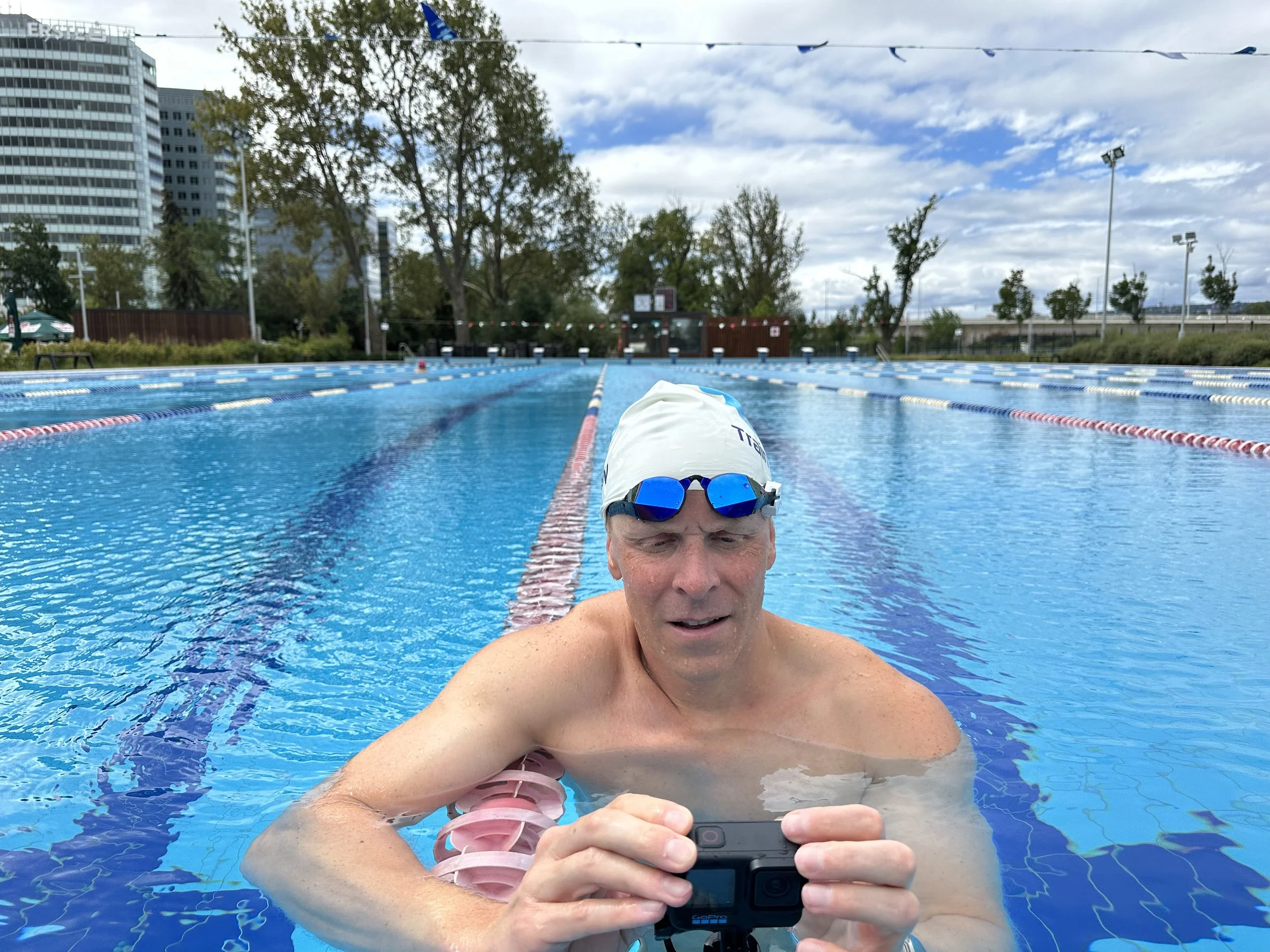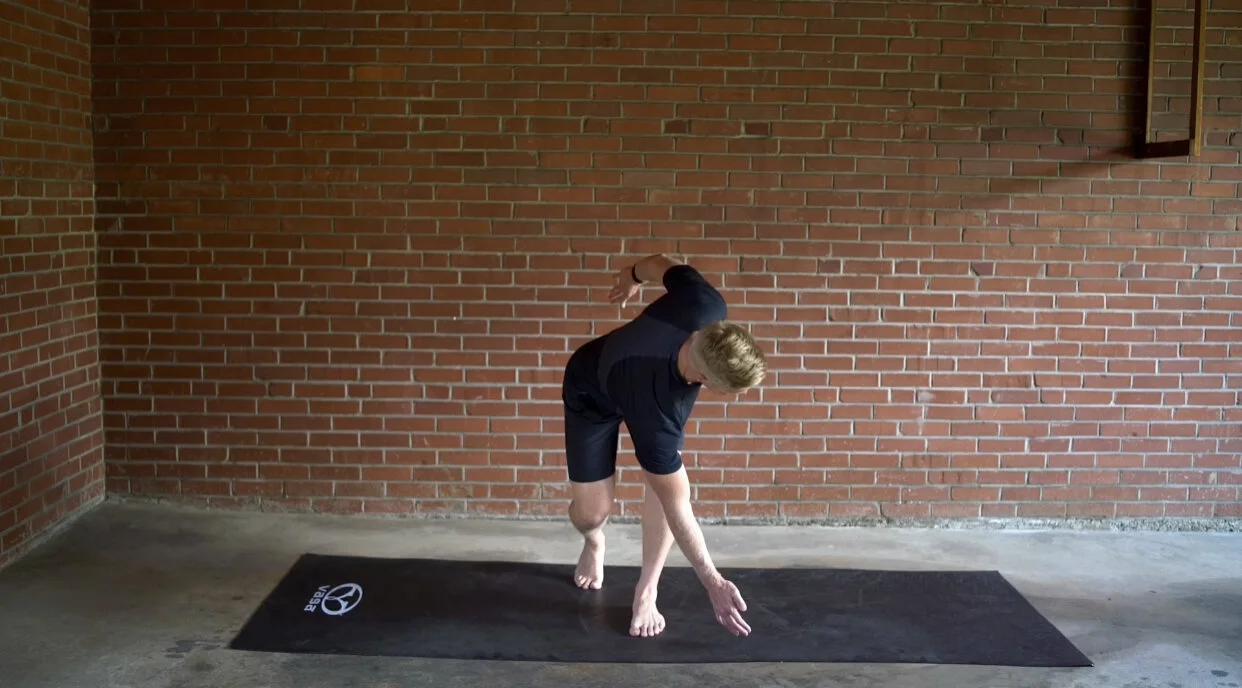Overcoming Swimmer's Shoulder: My Journey to Overcome Shoulder Discomfort and Get Back to Sprint Swimming
/Dive into the personal journey of a 42-year-old competitive swimmer and strength coach battling persistent left shoulder discomfort. This post details the onset of the shoulder issue that hindered sprint freestyle performance and the various treatment strategies attempted. Discover insights from an enlightening session with Dr. Alex Ewart, a physical therapist and swimming specialist, leading to a tailored treatment plan. Explore the specific exercises and therapeutic approaches aimed at addressing shoulder pain, including targeted strength training, mobility work, and soft tissue therapy. Follow this swimmer's quest to regain peak performance and manage chronic discomfort, offering valuable lessons for athletes facing similar challenges.
Read More




